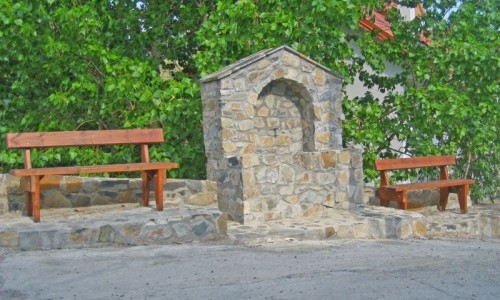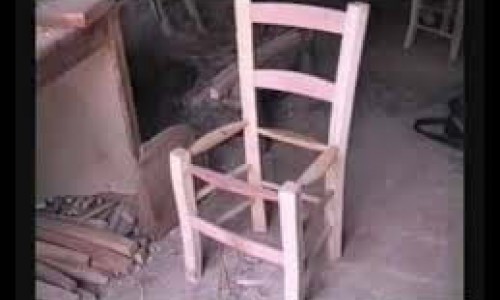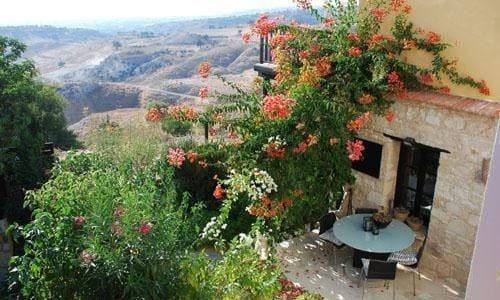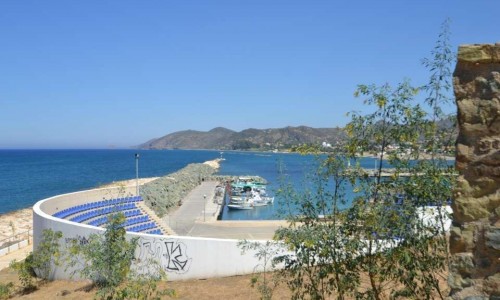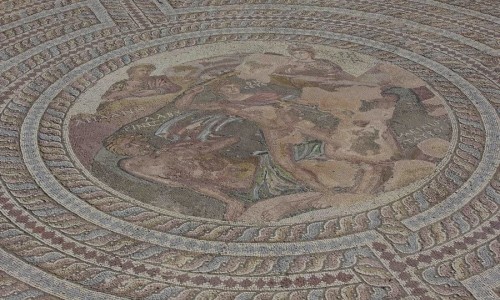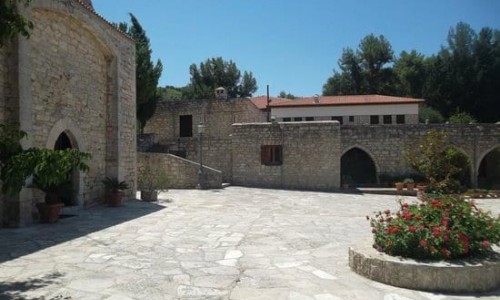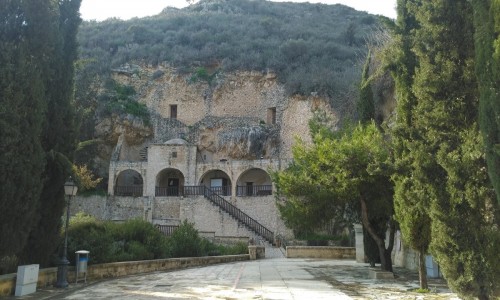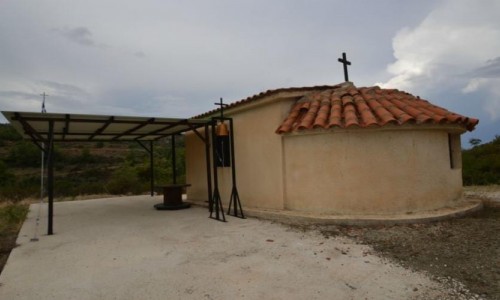Mousalla Square (Paphos)
Tucked away within the atmospheric streets of Paphos Old Town, Mousalla Square is more than just a public space—it’s a symbol of memory, change, and community. Though smaller and quieter than the bustling Kennedy Square nearby, Mousalla has a character all its own: part archaeological site, part social hub, and part cultural landmark.
Here, beneath a canopy of olive trees and along stone pathways, you’ll find stories etched into the landscape—stories of empires, earthquakes, war, displacement, revival, and everyday Cypriot life.
What’s in a Name?
The name “Mousalla” (sometimes spelled “Musalla”) has Ottoman roots, derived from the Arabic term musalla, meaning “open space for prayer.” In many towns under Ottoman influence, a musalla was a communal outdoor space used for Eid prayers or public gatherings. In Paphos, this name reflects the site’s historical connection to the Muslim community, which once lived side by side with Greek Cypriots in the Old Town before the island's intercommunal tensions and eventual division in the mid-20th century.
A Square Shaped by Time and Ruin
Mousalla Square isn’t grand or ornate—its modest charm lies in its simplicity and rawness. For years, the area was neglected. The square stood partly derelict, overshadowed by collapsing buildings, a forgotten Turkish-Cypriot mosque, and the remnants of Ottoman baths.
But this decay carried its own kind of quiet beauty. The area whispered of lives lived—Turkish Cypriot families, local merchants, children playing under mulberry trees, the call to prayer echoing through Paphos. After 1974, following the division of Cyprus, many Turkish Cypriots relocated to the north, and the neighborhood changed dramatically. The mosque was abandoned, the baths left to crumble, and the square’s future uncertain.
The Revival: From Neglect to Cultural Landmark
With the revitalization of Paphos Old Town in the 2010s—especially during and after the European Capital of Culture designation in 2017—Mousalla Square was brought back to life.
Today, the space has been carefully redeveloped, balancing heritage preservation with contemporary design. Stone walkways, subdued lighting, restored walls, and integrated archaeological elements all help tell the square’s layered story. An open-air amphitheater has also been created here, giving new purpose to a once-overlooked space.
Despite its modern updates, Mousalla still feels humble, meditative, and rooted in its past—a place for reflection rather than spectacle.
A Place Between Worlds: History, Art, and the Everyday
Mousalla Square sits on the threshold between the old world and the new. On one side, you have narrow lanes leading deeper into the traditional fabric of Ktima; on the other, more modern shops, cafes, and galleries emerging from the creative wave that has swept across the Old Town.
The square has become a favorite venue for:
- Intimate performances and theater productions
- Public talks and lectures
- Film screenings under the stars
- Art installations and community projects
Its open-air theater, though small, is one of the most atmospheric in Paphos, surrounded by the quiet weight of centuries-old stone.
Nearby Highlights and Walking Connections
Mousalla Square is ideally placed for exploring some of the lesser-known gems of Paphos Old Town. Just a short stroll away, you’ll find:
- The Ethnographic Museum of Paphos – An underrated treasure trove of Cypriot folklore, rural life, and traditional art.
- Restored Ottoman Hammam – Visible from the square, this historic bathhouse has been partially conserved, offering a glimpse into Ottoman-era daily life.
- Hidden side streets like Ivis Maliotou and Agoras Street, filled with small boutiques, artist studios, and shaded cafés.
- Panoramic views just beyond the square, where the hillside drops toward Kato Paphos and the sea shimmers in the distance.
The Mosque and the Politics of Memory
One of the more poignant aspects of Mousalla is the ruins of the old Turkish-Cypriot mosque, which remains unrestored. Its decaying structure stands quietly, surrounded by a low fence, its minaret long gone, and its role in the life of the town now a memory.
The decision not to fully restore the mosque has sparked some conversation. Some view it as a missed opportunity for reconciliation and inclusion, while others appreciate the preservation of its ruins as a reminder of Cyprus’s complex and unresolved history.
In this way, Mousalla becomes more than a square—it is a physical expression of what has been lost, what has survived, and what could yet be rebuilt.
A Square for Locals, Not Just Tourists
What’s refreshing about Mousalla Square is that, unlike the beachfront promenades and heavily touristed areas, this space still feels local and lived-in.
- Children play here after school.
- Retired men gather to chat on benches in the late afternoon.
- Art students use the steps as sketching spots.
- Couples sit quietly in the evening light, sipping coffee from nearby takeaways.
It is a space of subtle rhythm, not performance. Not made to impress, but to be used. And that’s what makes it meaningful.
The Soul of a Small Square
Mousalla Square may not be the largest or most famous landmark in Paphos, but it holds a quiet kind of power. It embodies the layered nature of Cypriot identity—Greek and Turkish, ancient and modern, joyful and wounded. It invites you to slow down, to sit for a while, to listen to the echoes of voices long gone, and to imagine what this space once meant—and what it might still become.
For visitors seeking authenticity, depth, and a break from postcard perfection, Mousalla Square is a hidden gem waiting to be discovered.
Practical Info
- Location: In the upper part of Paphos Old Town (Ktima), accessible via side streets from Kennedy Square.
- Events: Keep an eye on local cultural calendars or the Pafos Municipality website for performances and screenings in the square.
- Best Time to Visit: Early morning for solitude and soft light, or evening during local events.
- Nearby Amenities: Cafés, galleries, artisan shops, and public restrooms are within walking distance.




